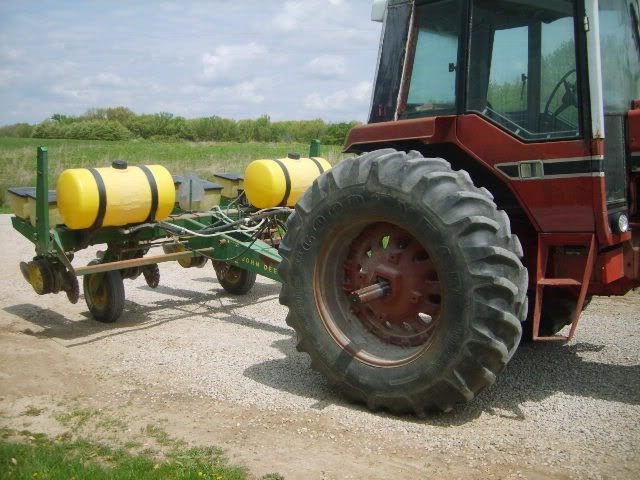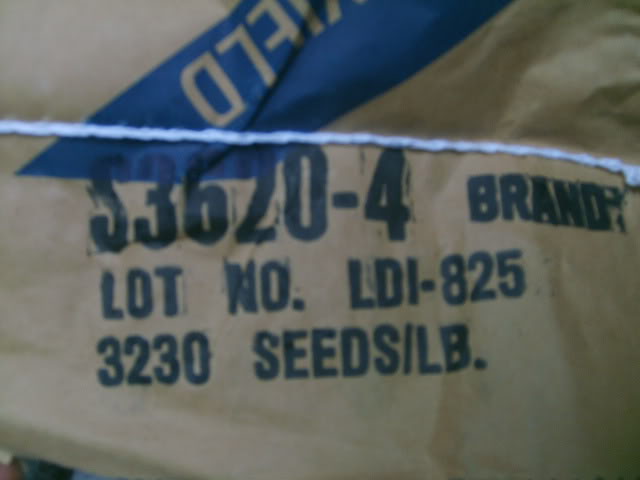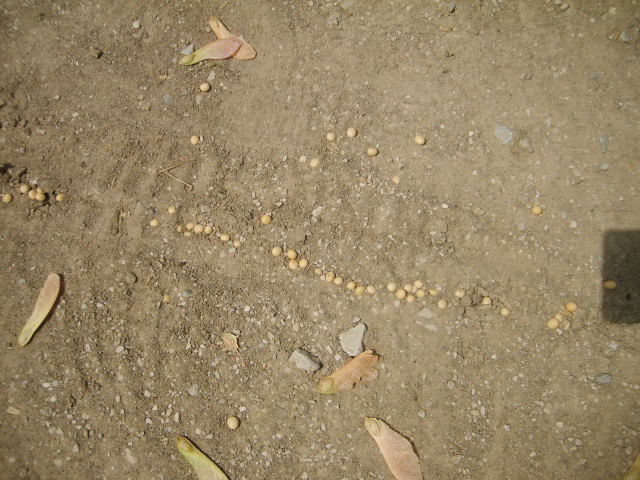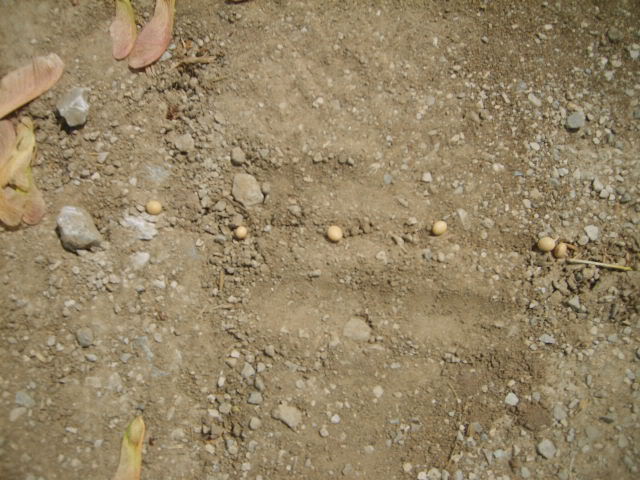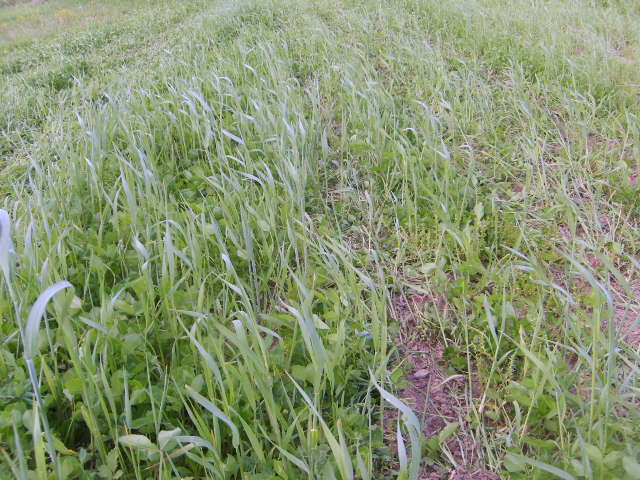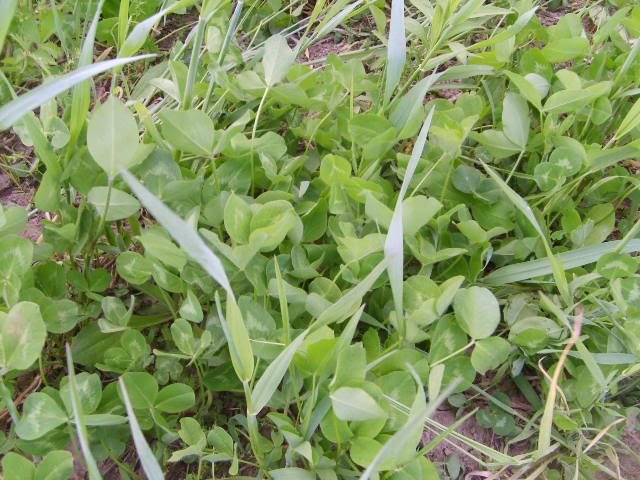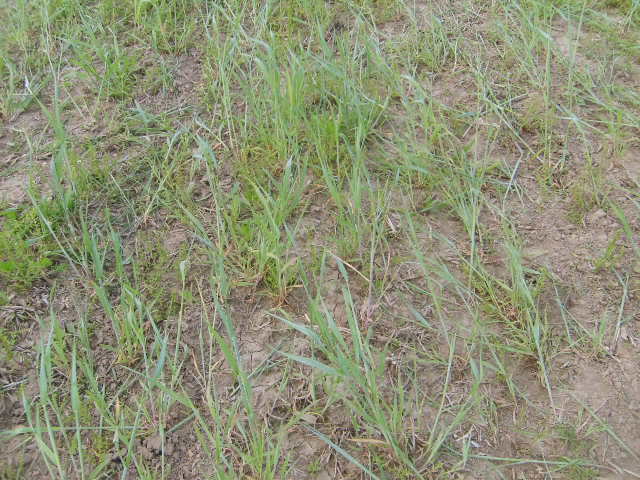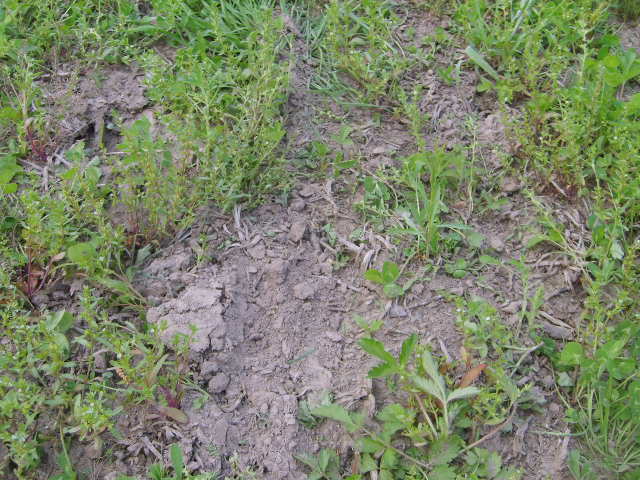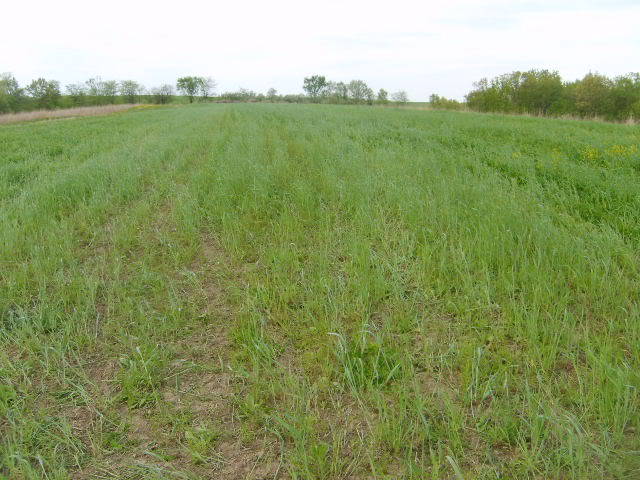Re: RR soybeans - soil testing
Soybeans aren't for everyone but for those having problems attracting deer to brassicas (for instance) soybeans are a pretty good food source to consider.
I like soybeans because the offer so many options, especially the fact that one can broadcast winter rye and/or brassicas into standing soys in late August.
For that type of plan I would consider more "normal" early ripening soys that will drop leaves early allowing light to the rye and brassicas.
Of course for the month of September while leaves are turning and dropping, deer are going to avoid the plot like the plague!
My concern is not October however...it's November, December and January so that is something to consider when planting forage soybeans. They provide a tremendous amount of high quality forage right up until freeze...then however, they drop leaves right smack in the middle of prime time hunting.
Eagle brand forage soybeans is working on a mix of early and late that might help with that problem but forage soys are so thick and tall rye and brassicas would have almost no chance of growing.
No right or wrong, just options to consider depending on your habitat needs.
I really like nannyslayers "bush" type RR soybeans and the did pretty darn good despite being hammered hard by my deer.
They produced loads of beans despite the heavy grazing, however I didn't have enough to be assured of late feed so I disced them under to plant rye and oats.
One option is to no-till into a field of rye making it difficult for deer to feed on the new soy plants until they get larger and the rye begins to fall.
The rye will eventually fall and and seed will germinate again in late summer if one gets plenty of rain. One needs to spray roundup ahead of any re-seeding efforts of course... /forum/images/%%GRAEMLIN_URL%%/wink.gif
By using Dual Magnum then soybeans, peas and sourghum can be mixed together with the sorghum providing a screen and an "obstacle" to deer trying to ravage new soy plants.
Eagle Brand soys also has a vining type soy that will grow up corn, sorghum and sunflowers making that a great option as well.
Nannyslayer tells me his soys will run roughly $38-40 a bag while Eagle could be much higher due to shipping costs but for some the forage attributes may be well worth the extra costs.
Eagle Seed Forage Soybeans
I have purchased year old RR soybeans for $15 a bag so check your local seed dealer for bargain priced seed also.
I like to plant 200,000 to 220,000 seeds per acre which is a little on the high side. Seeds per pound can vary but using 2800 seeds per pound a 50# bag would have 140,000 seeds in it.
Roughly 1 to 1-1/2 bags of soybean seed then will plant an acre.
If you choose the RR varieties, generic glyphosate looks like it will run just under $40 a gallon in 2009.
As noted in the previous post, take a soil test anytime now to determine soil fertility needs as soy ground often needs lime and potash.
All of that is way less expensive then planting corn since no nitrogen is needed.
Lots of options with soybeans and it's unlikely you'll have to worry about deer not eating them... /forum/images/%%GRAEMLIN_URL%%/wink.gif




